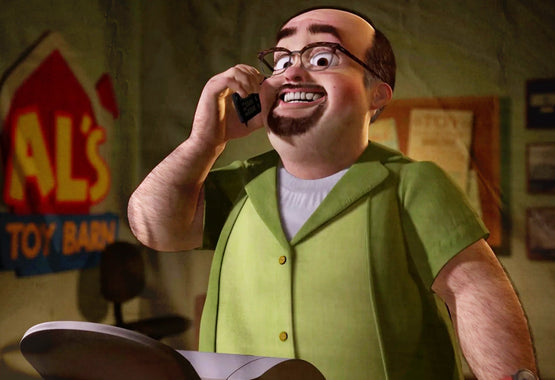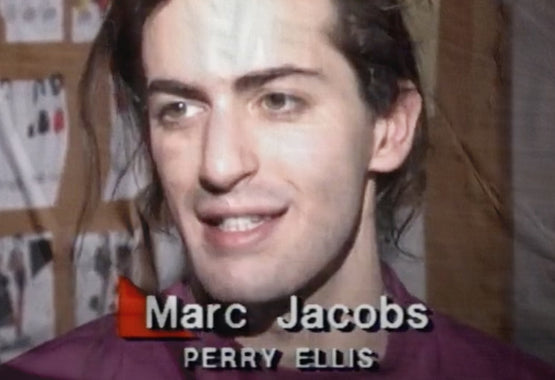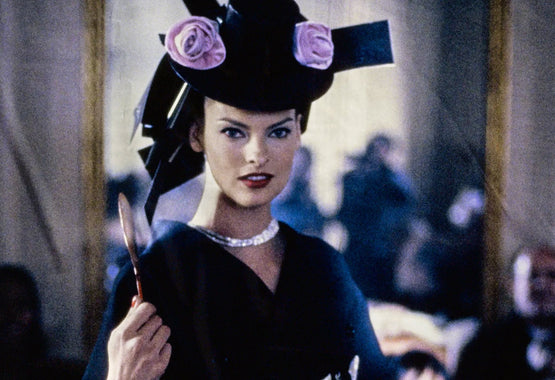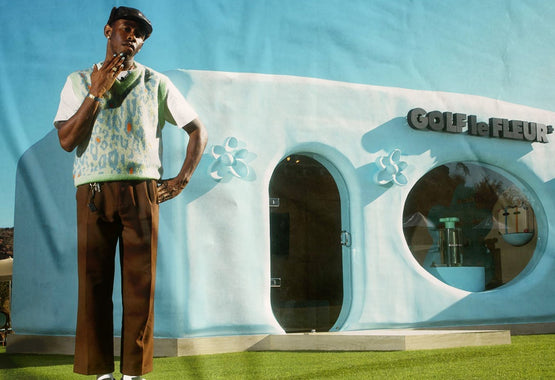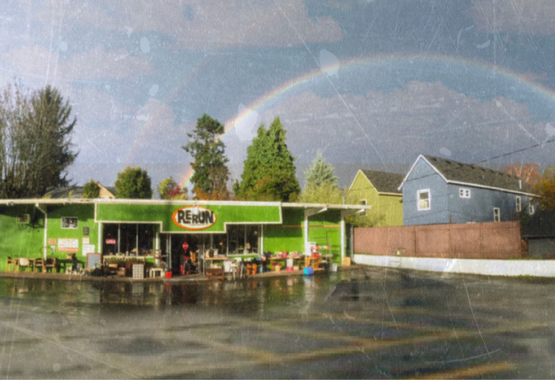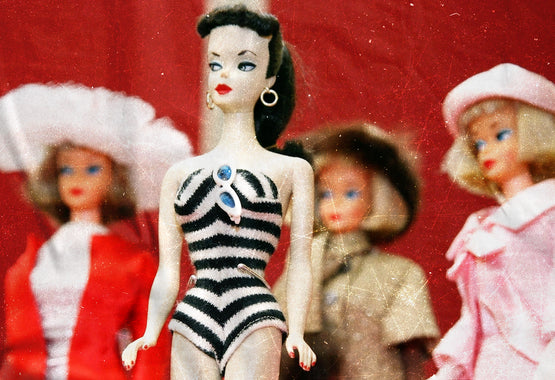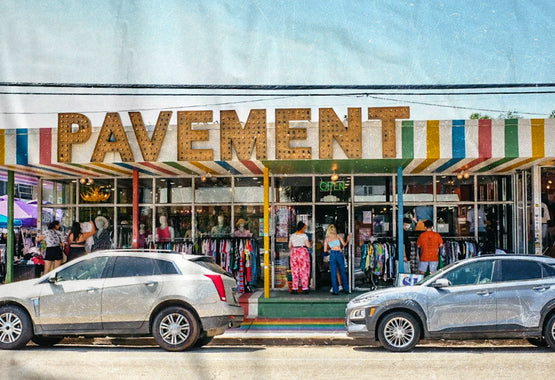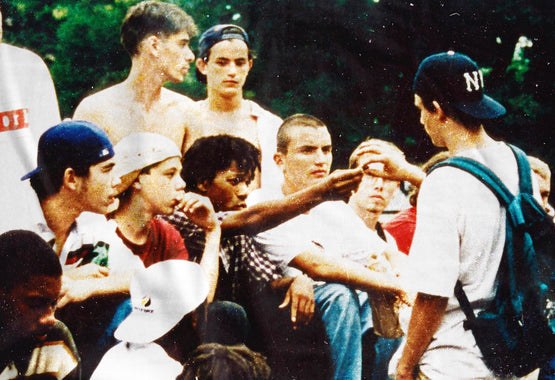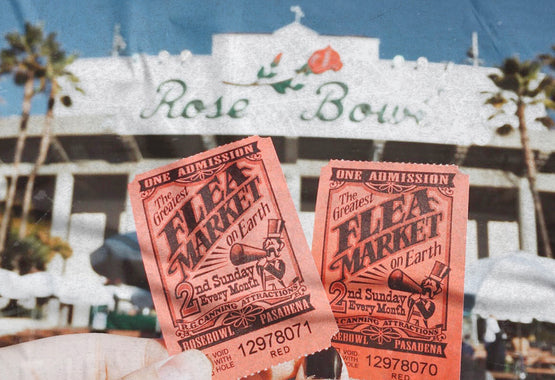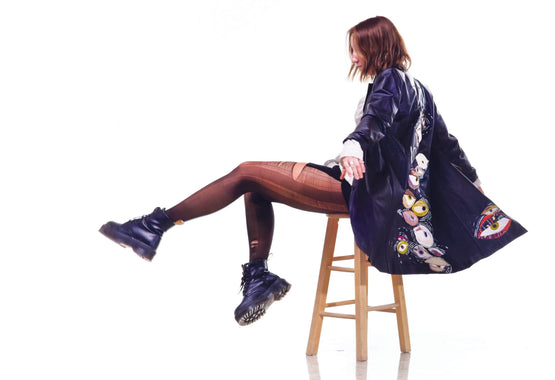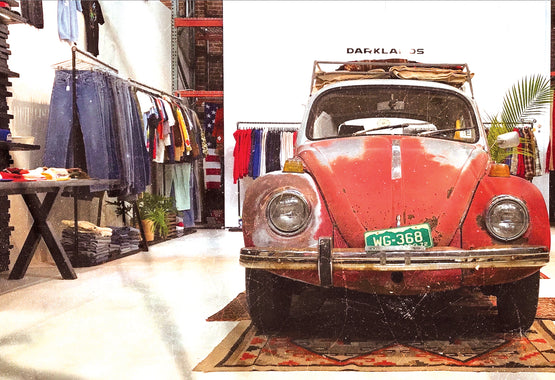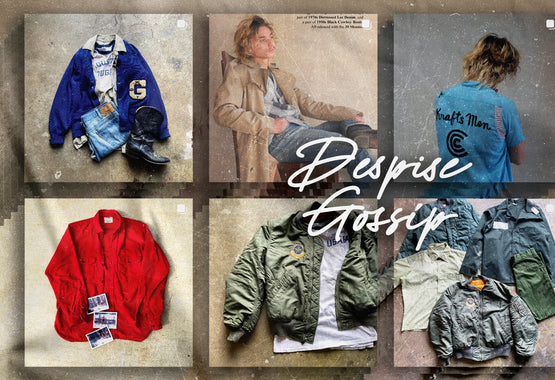What to Know About Mickey Mouse’s Outlaw Cousin, Rat Fink


In the great expanse of cartoon history, thousands of cheeky characters have been designed and loved over the years. Marshal BraveStar. SuperTed. L’il Abner. Hoppity Hooper. Yakky Doodle, Chopper and Fiber Fox too.
Remember all those? Probably not. Because none of them really stuck around. Theirs is a sad, long-forgotten existence; those who tried but never really hit the mark.
But what of Rat Fink? He’s a grotesque little beast birthed by a frenetic outlaw during middle-century America. With his snarling pointy teeth and fuck-it-all demeanor, Ed “Big Daddy” Roth’s famous character had all the makings for a flash in the pan doodle, certainly predictable at the time to go nowhere without the armored push of mass media and modern U.S. capitalism.
Parents hated him. Schools banned him. It was all the more reason for kids to love him, and why today Roth’s influence is seen within many aspects of American culture. It’s a story maybe not as big as Disney’s, but arguably just as important.
It begins with the advent of the hot rodding lifestyle and the artwork that grew alongside it, a uniquely American culture with historical beginnings commonly placed directly after World War II (even though car customization had been a thing well before that). American soldiers who came back to the U.S. would buy disposed of automobile bodies from junkyards and piece them together as they saw fit, often muscling up the motors and strengthening the chassis to go as fast as possible. VROOOM! And because of its proximity to dry and open lake beds to race on, Los Angeles quickly became the hub for the growing Americana subculture.
Not long after its surge in popularity is when Roth and his impact comes into play. Born in 1932 in Beverly Hills, California, his love of the automobile began at the ripe age of 14 when he received his first car: a 1933 Ford Coupe. Ever the innovator, he’d spend the rest of his life creating and modifying stock commodities with a unique vision unmatched by artists of the time.

He’s credited as one of the founding fathers of Kustom Kulture, a blanket term used to describe the outlaw style vibe of 1950s and ‘60s artworks, vehicles, hairstyles and fashions. Its direct influence can be found embedded in most every decade’s anti-authoritarian uprisings: psychedelia of the ‘70s, punk of the ‘80s and psychobilly of the ‘90s (amongst many others).
Before its ethos permeated the nation, however, Kustom Kulture began as a group of misfits living outside of the polished culture pushed by a nascent mass media industry. Companies like Disney kept it clean enough to win over the masses, with its ubiquitous family films reimagining damsels in distress and warm wholesome outcomes. Those that rebelled didn’t buy into it though. Some outright hated it. Roth included himself in that group, and got completely fed up with it as a whole. It isn’t any coincidence his most popular creation, Rat Fink, is a mouse. In fact, he says it was created exclusively as the anti-Mickey Mouse — a grotesque, bulging-eyed slobbering version of it.
That work was created sometime in the late 1950s while he was waiting on a cheeseburger order he’d made at a local restaurant. In his book Confessions of a Rat Fink: The Life and Times of Ed “Big Daddy” Roth, he describes the moment the character was born doodled on a napkin:
“Up to then I had not the foggiest idea of what I was gonna draw so I quick put two eyeballs down first & then the jagged teeth. After that, the drawing of Rat Fink just oozed from the pencil. I put the initials RF on the pot belle, er … chest … to symbolize his nutty name. Kinda like Superman. And I put a cape on him just to make him a little more ‘special,’ but I erased it ’cause I figured that the owners of Superman might get a little upset with my brand of humor.”
He named the little critter Rat Fink because he’d heard the name on the Steve Allen Show. It’s a TV friendly way of calling someone a fucking dirtbag. Roth claims to have drawn Rat Fink as the amalgamation of his inner-self. He didn’t have to fit in as a chiseled hero, he thought, and he didn’t have to be drawn the same as all the others. Rat Fink was free.

Soon after, Roth began putting the image on plain white tees, unwittingly solidifying himself as one of the pioneers of customized t-shirts, too. He sold them to fund his custom car building enterprise that eventually became synonymous with American automobile history some decades later. Both fans of the industry and his car crew loved them. Because of their popularity, his “Weirdo Shirts” grew in characters and were eventually printed in mass quantity, mostly sold at car shows and in hot rod magazines. It was by word of mouth the caricatures grew, eventually landing him a gig with Revell Model Company that did an initial run of his creations as model car kits. Kids ate them up. The saga of Fink merchandising had begun.

Unlike most artistic purists, Roth never harbored any hangups about selling his work for cash. Along with the model cars and mail order t-shirts, Rat Fink and his many friends spent the better part of the ‘60s appearing in comic books, on keychains, skateboards, hats, rings, sweaters, jackets … anything really. They even graced the cover of albums for Roth’s band Mr. Gasser and the Weirdos. (Check out its best album Hot Rod Hootenany. Certifiable heaters on that one.)
Yet as the rebellious kids of the time grew up and the hot rod era began to wane, so too did the popularity of his characters. During the late 1960s to the early ‘70s, Roth would also find himself deep in the trenches of an unsavory side of the outlaw culture. He had a small stint working on motorcycles at his shop and somehow got wrapped up with the Hells Angels. This is where his story gets a bit murky and falls apart. He lost his family. His friends. His contract with Revell. And his shop.
Much has been said about his past before all this, too. Von Dutch, a longtime collaborator and friend, was openly racist and a violent drunk. Some of Roth’s artwork during the Vietnam war (though commonplace for the era) are also viewed quite unfavorably through a contemporary lens.
It may be why he dropped the gig altogether to start a new chapter of his life. After closing up his shop and selling all of his custom cars, Roth eventually converts to Mormonism after a friend’s suggestion to take a closer look. “I started looking deeper, thinking of things I had done,” he told The Los Angeles Times in 1981. “I guess everybody does that around 39 or 40.”
If not for his son, Darryl, this period of his life could have just as easily been the end for Roth’s art. Except, Rat Fink and the gang found a resurgence of sorts in the late 1980s. Musicians used the likeness on album covers, toy companies created fancy new things to collect and a new countercultural ‘90s attitude was born (think Beavis and Butthead) and harbored a newfound love of the tire-burning icons. With the help of his son, Big Daddy embarked on a comeback.

The reality is, Rat Fink’s long-lasting legacy isn’t culturally significant because of what it is, but rather because of who made him and when he did it. Ed Roth worked around the edges of normalcy, shocking enough to stay outside of Main Street USA yet adaptive enough to draw in a collective acceptance. The genius there, too, is that there wasn’t a blueprint to study for him to echo. Movements such as this had never existed before. Roth and those around him brought about the birth of a new unidentified era in art, what some now call pop surrealism.
In April of 2001, Roth passed away from a heart attack. An official Rat Fink Reunion, held in the first week of June every year, still congregates in Manti, Utah — the last city he lived in before his death.
"He was always a showman," his son Darryl says. "He likened himself to a P.T. Barnum in the hot rod world. He wasn't the lady with the beard, the man covered in tattoos or some sideshow act. He was the one at the center of it all, the guy who ran the circus."




